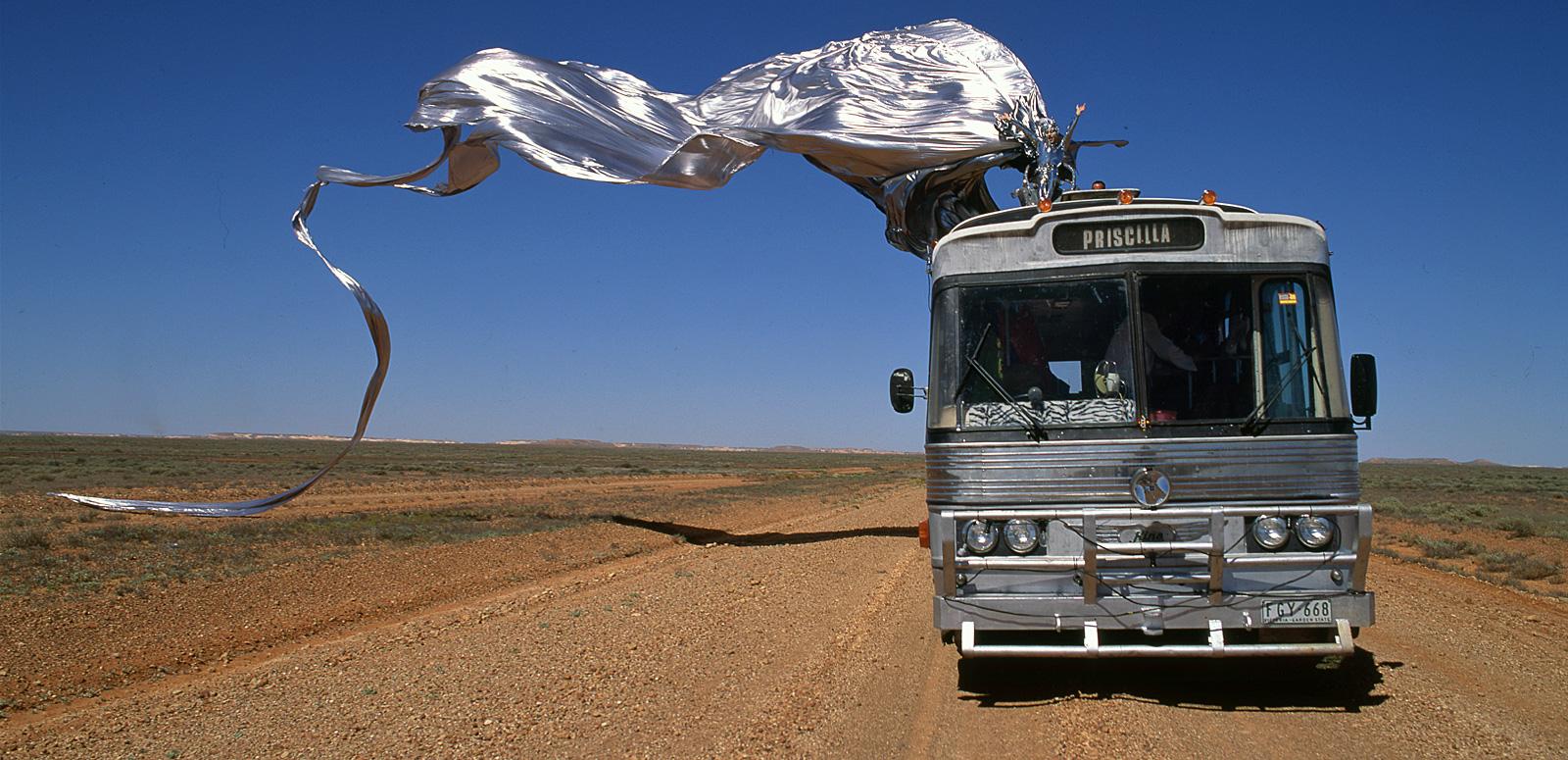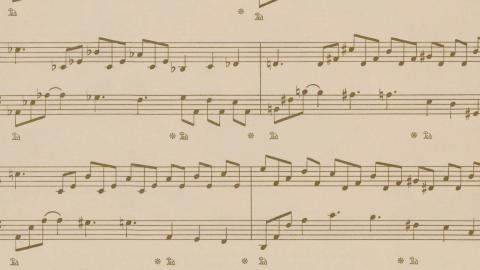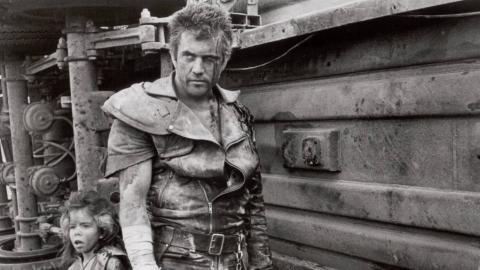WARNING: this article may contain names, images or voices of deceased Aboriginal and Torres Strait Islander people.
Our new curated collection Australian Film Music highlights the role of music in film and shows how it can function as a powerful and manipulative mode of cinematic expression.
It seeks to dispel the commonly assumed notion that the most effective film music operates as a subconscious backdrop – that the musical score or soundtrack should be unobtrusive and not call attention to itself.
In the collection, we use pivotal musical moments from a range of Australian features to explore some of film music's most common functions.




